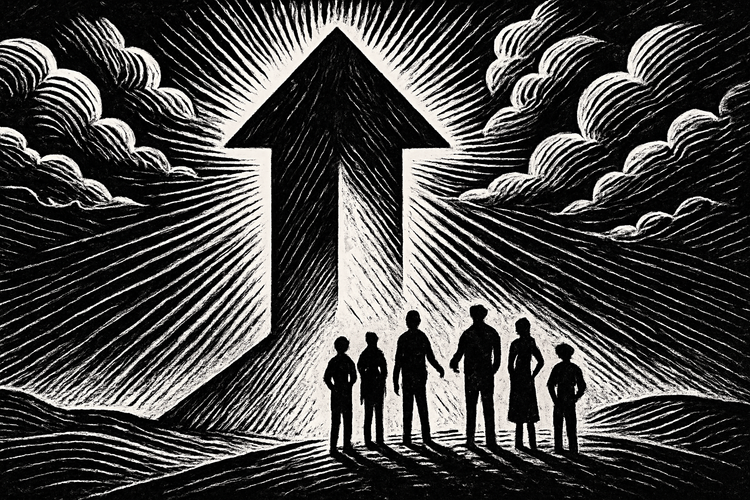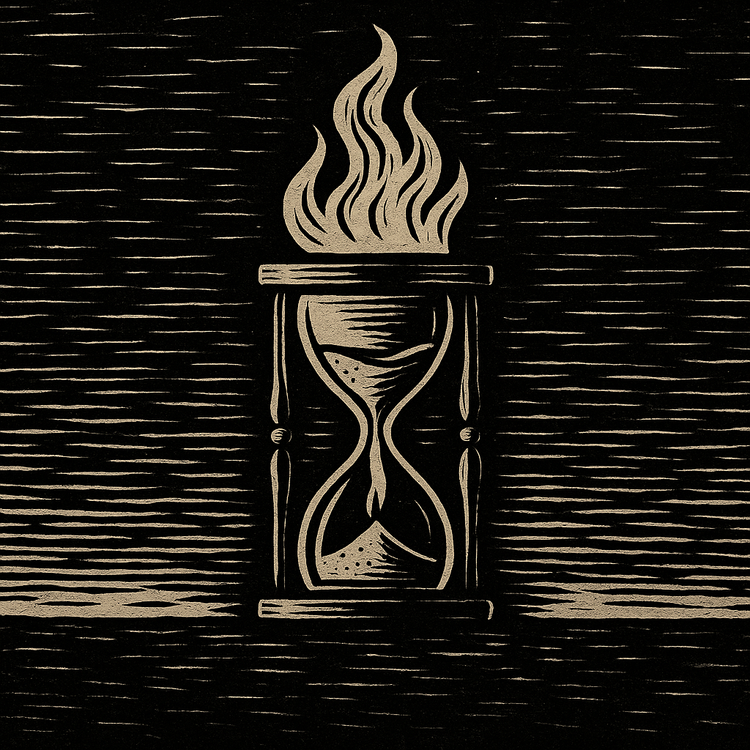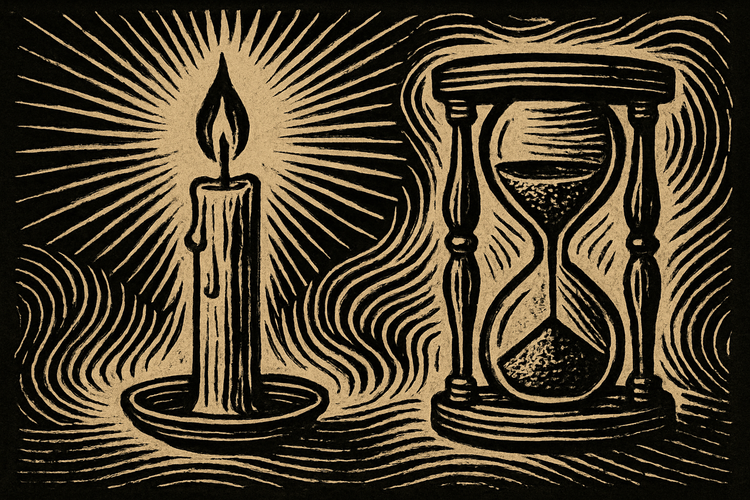The Good Place S1E1: “Everything is Fine”

Spoiler Warning: This reflection contains full spoilers for The Good Place, including retrospective insights and thematic allusions. It assumes familiarity with the entire series and is written from the perspective of a rewatch.
What a way to go.
Eleanor Shellstrop is already dead when we meet her. Michael, with the cheerful detachment typically reserved for corporate presentations, lays out the circumstances of her demise: an oversized margarita mix, a bottle of Lonnie’s Red Hot Louisiana Fixins, and an ill-fated cluster of runaway shopping carts. It’s absurd, deeply embarrassing—and irrevocably final.
From this swift introduction, we step directly into the afterlife. White walls, calm voices, and a reassuring placard reading Everything is Fine. Of course, nothing is fine—but the show doesn’t pretend otherwise for long.
What strikes me immediately upon rewatch is how unflinchingly The Good Place addresses its central question. Forget vague celestial metaphors or philosophical ambiguity. Instead, we get precision: a point system, a bureaucratic afterlife, and an amusingly concise dismissal of earthly religions (each "got it about five percent right"). We even learn of Doug, the human who nearly unraveled the cosmic formula. In a few deft strokes, the pilot parodies our conceptions of faith and morality, while simultaneously creating something absurdly, unsettlingly believable.
The Good Place wastes no time establishing its quirks and stakes. Within ten minutes, we’re immersed in its frozen yogurt fixation, the soulmate premise, and the suspiciously idyllic neighborhood. Most critically, we meet Eleanor, who immediately senses she doesn't belong. "I wasn’t a good person," she confesses—and she doesn’t mean it lightly. Eleanor remembers exactly who she was: selfish, petty, callous. She scammed the elderly with fake medicine, cut lines, and hoarded shrimp. Yet now she finds herself in paradise because of nothing more than a clerical error.
Which means someone else isn't.
Her ethical foil, Chidi, is genuinely good—a philosophy professor who spent his life contemplating moral questions. Now, reluctantly, he becomes Eleanor’s confidant and teacher. She begs him not to expose her secret, immediately pulling him into an ethical dilemma: Is it moral to hide her identity if no one seems harmed? Does teaching Eleanor to be better count as compassion, or merely complicity? Is confession inherently virtuous?
These are not idle questions. The show's premise is itself a giant thought experiment.
Even in this very first episode, the cracks begin to show—literally and figuratively. Giant ladybugs thunder outside Eleanor's window, pill bottles rain from the sky, and a violent thunderstorm erupts, all triggered by her moral missteps. The supposed paradise reacts visibly and mysteriously to Eleanor's ethical misalignment, hinting that this perfect world might not be so perfect after all.
On the surface, The Good Place appears to be a clever, offbeat comedy about the afterlife. Even Eleanor initially believes that’s all it is. Yet beneath the humor and absurdity lies a profoundly unsettling question, far more provocative than any plot twist: What does it truly mean to be good?
Eleanor wants to change—that desire alone offers her a measure of grace. She lacks discipline but not awareness, recognizing the chasm between who she was and who she could become. Thus, as Chidi notes, she transforms into an "ethical guinea pig," the first subject in a cosmic experiment built upon absurdity, moral anxiety, and the fragile hope of human redemption.
As a pilot, this episode is astonishingly assured. It's funny, fast-paced, and meticulously constructed, immediately brimming with tension and philosophical promise. In less than half an hour, it builds a compelling world while quietly hinting that the foundation itself is flawed.
"Everything is fine," insists the sign on the wall.
Not quite.
But it might be.



Comments ()